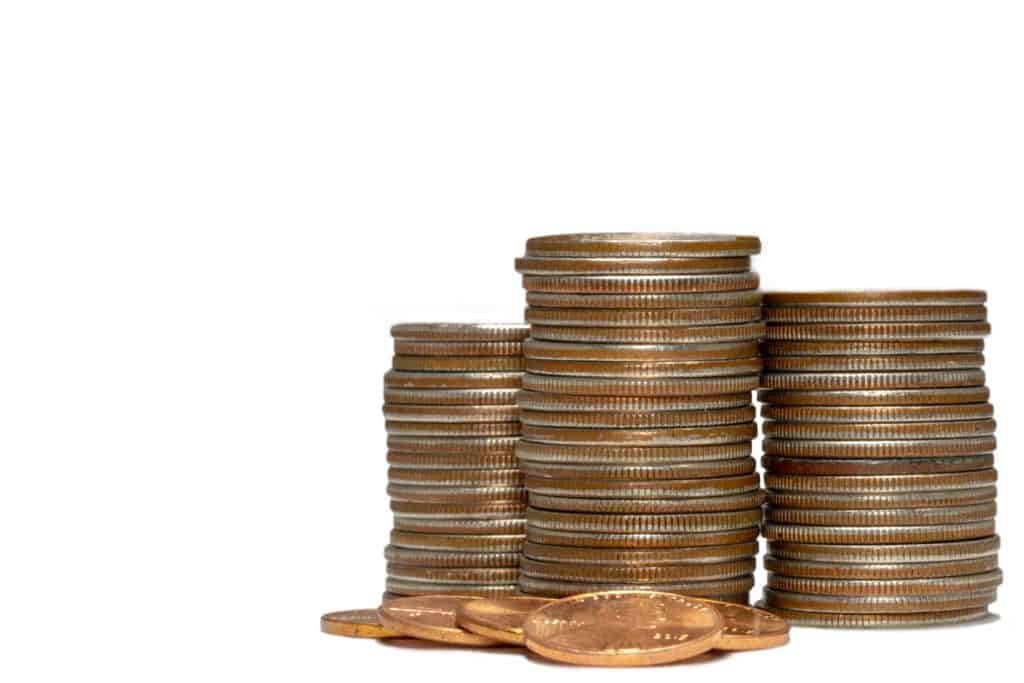
Step 1: $1000 in the bank. Check!
Step 2: Debt Snowball. Check!
Step 3: 3- to 6-month fully funded Emergency Fund…
Categorize Expenses
To determine how much should be saved in your fully-funded Emergency Fund, you need to categorize the monthly expenses in your budget. If you’re like me, some are necessities while others are luxuries.
The Four Walls
Financial coaches call the monthly necessities the Four Walls. These are food, shelter (including utilities), clothing, and transportation.
- You gotta eat!
- You need a roof over your head with water, heat, and lights.
- You can’t go ‘roun nekked!
- And you probably need a car to get to work.
The Four Walls take precedence during times of austerity. Other expenses should be eliminated. If you were ever in a situation when an Emergency Fund were needed, the Four Walls would make up the 3-6 months in expenses.
Luxuries
Usually, an Emergency Fund would be used for surprise expenses like a new hot water heater. Surprise expenses typically don’t deplete a fully-funded Emergency Fund. At least, they shouldn’t.
But let’s say you’re laid off. Things like cable TV, gym membership, and eating out are luxuries. By eliminating luxuries during austere times, you will not need as much money in your fully-funded Emergency Fund.
A person’s monthly expenses might be $2500 including luxuries. But during a financial emergency, it could be made as low as $1500 by cutting luxuries.
On the first day of every week, each one of you should set aside a sum of money in keeping with your income, saving it up, so that when I come no collections will have to be made. - 1 Corinthians 16:2 Share on X
Anything else?
Besides luxuries like the gym, other needed costs can be temporarily cut. For example, home and auto insurance premiums can be reduced by increasing the deductible. You could also temporarily suspend retirement contributions once you are to Baby Step 4. I have done this before.
Bottom line? (Think $10,000)
$10,000 seems to be magical number for many people’s Emergency Funds, because it is 10X the starter Emergency Fund. It’s a five-digit number and more than many people save in a lifetime. (It is surely more than I ever thought I’d have set aside 10 years ago!) If you can get by on $1667 a month, $10,000 would cover you for six months. Dave Ramsey reports that most families can do with $10,000 to $15,000.
Read The Total Money Makeover by Dave Ramsey. If you need help, get in touch with me!
Be sure to comment below with your thoughts and ideas!